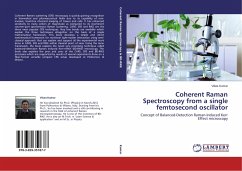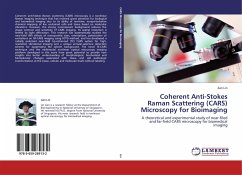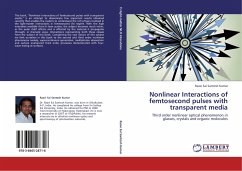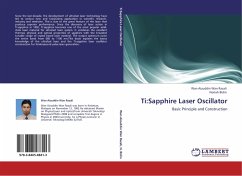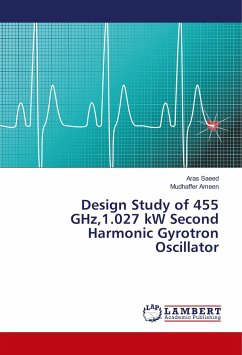Coherent Raman scattering (CRS) microscopy is quickly gaining recognition in biomedical and pharmaceutical fields due to its capability of non-invasive, level-free chemical imaging of tissues and cells. It has enhanced sensitivity to many orders of magnitude as compared to its incoherent counter-part spontaneous Raman scattering. CARS, SRS and RIKE are the three most popular CRS techniques. Very few books are available which explain the three techniques altogether on the basis of a single mathematical framework. This book develops a simple and direct mathematical framework for nonlinear light-matter interaction using semi-classical approach that can explain and support all the experimental work done in CARS, SRS and RIKE within classical point of view. Using the same framework, the book explains the novel very promising technique called balanced-detection Raman induced Kerr-effect (BD-RIKE) microscopy. The book also explains the pros and cons of the CARS, SRS and BD-RIKE processes which are supported by results of several experiments done on a fiber-format versatile compact CRS setup developed at Politecnico di Milano.

